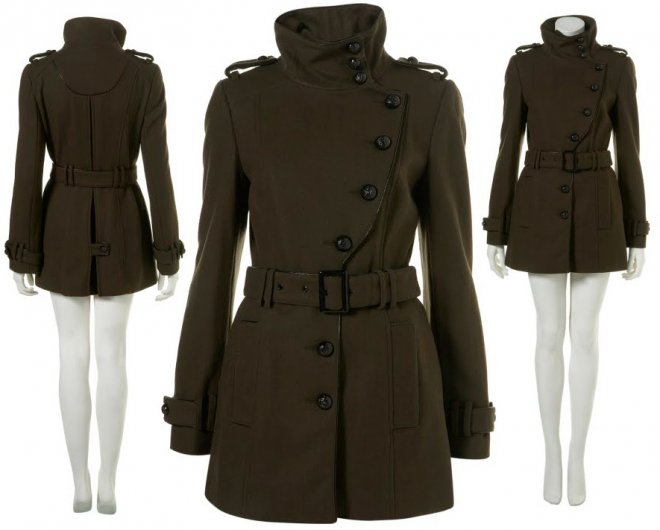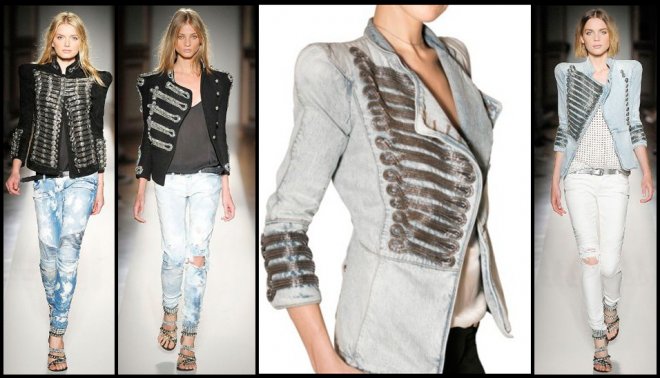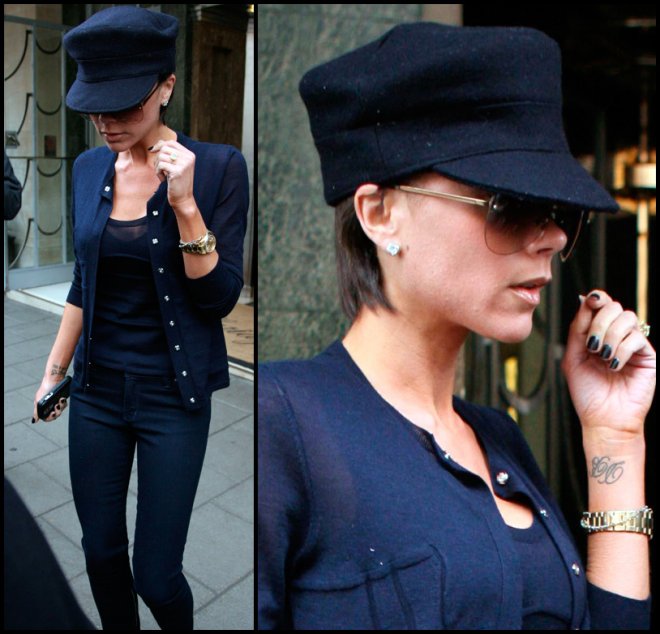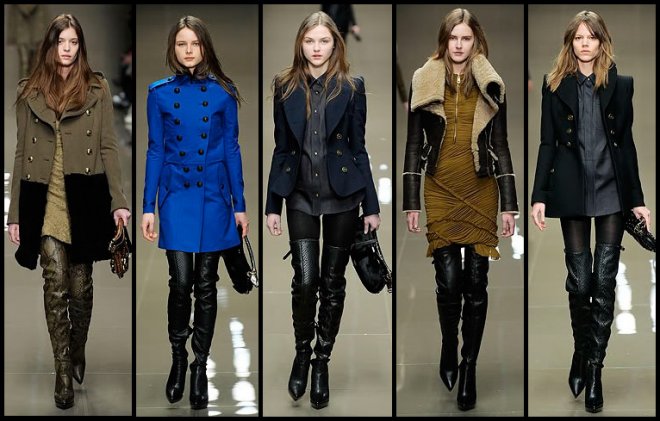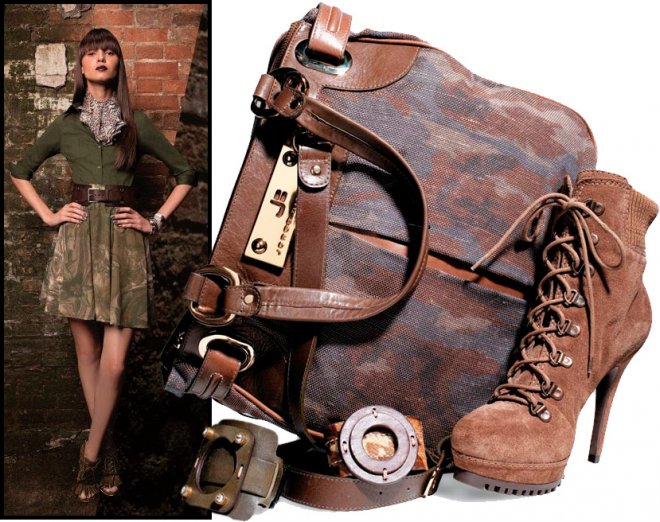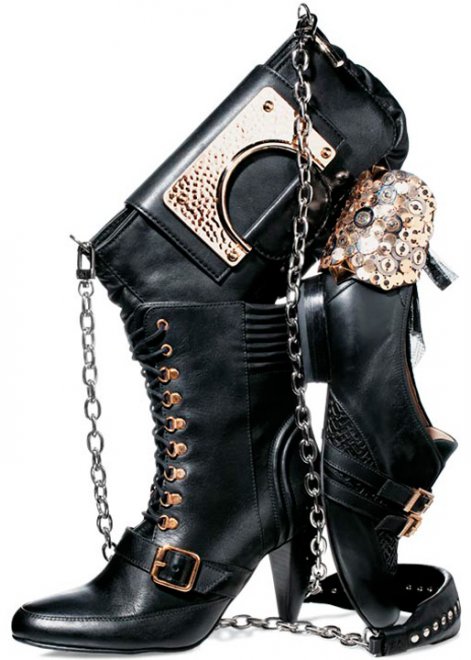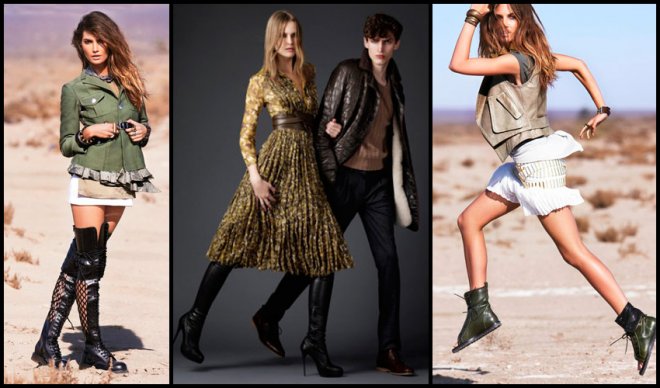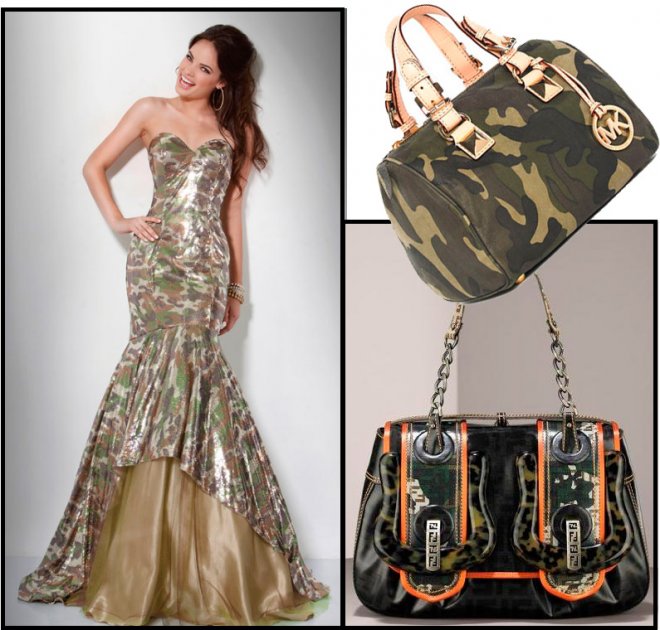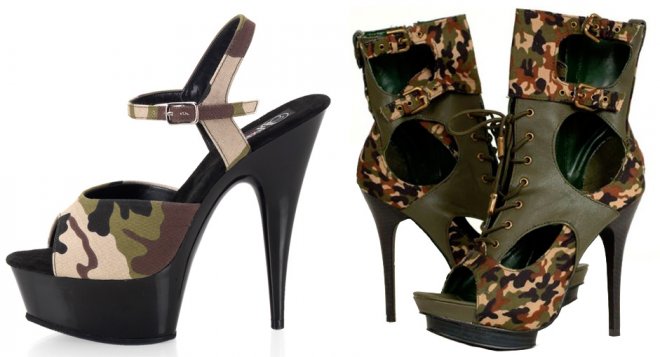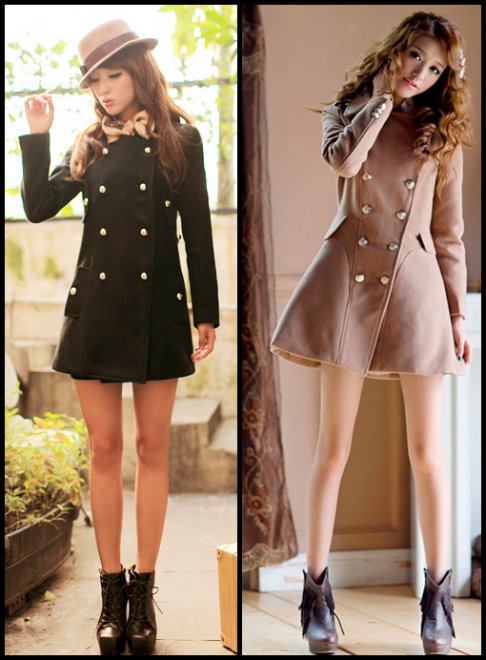Style
Dresses, coats and other military-style clothing
"Soldiers" dressed by fashion designers,
they look like real military men,
however, they are soldiers of a different army.
Ulf Poshard
The military style, its very name speaks about itself - military, military, a style that relies on military uniforms and in every possible way adapts it, improves, changes and uses it for everyday use.
The military style appears after the First World War. Features of military uniforms during this period can be found in both men's and women's clothing. After the First World War, clothes for children and women were also sewn from military uniforms due to a lack of fabric, for example, overcoats were changed into coats.
But the military style became popular in the 1960s of the twentieth century. Perhaps, to some extent, it was inspired by the wars, the same war in Vietnam. Perhaps, to some extent, it was inspired by the developing youth movements and the desire of young people to express themselves through clothing as well. The desire to convey through clothing their views, aspirations, ideas about the world and about their place in this world.
But, one way or another, having originally become a street style, the military style eventually appears on the catwalk. In the end, if the uniform for the German army during the Second World War was sewn Hugo boss, albeit then still private, and one of the many workshops engaged in sewing uniforms for the army, then why not turn into a fashion in civilian, not military life.
In the military style, opposites are used: on the one hand, it is a ceremonial officer's uniform, boots polished to a shine, on the other, worn soldier's greatcoats and gymnastics.
Very often, in the style of the world, the same khaki color, so characteristic of military uniforms, is used. Khaki means "dirt" in Urdu. For the first time this color appeared during the Boer War of 1899-1902. It was during the years of this war that the British changed their soldiers from ceremonial uniforms into uniforms of a brown-green khaki.
Lovers of military style also borrowed white cotton T-shirts, the very t-shirts that are so popular today and which today have a lot of colors, there are T-shirts with both pictures and inscriptions applied to them, very often they no longer associate with the style itself military. These T-shirts were the first to be worn by American sailors in Hawaii during World War II. From the American military, the military style also borrowed fur-lined jackets worn by bomber pilots.
Fur hats and sheepskin coats were borrowed from Russian soldiers, black sports-cut shirts and caps with a cockade were borrowed from German soldiers.
The military style itself today has three directions:
• formalistic military (camouflage style)
• youth military (casual military)
• High-military
High military clothing
High-military, let's say, is high military-style fashion, which is based on the strict style of the uniform of the highest ranks. Includes both men's and women's suits, raincoats. Dresses are also sewn within the framework of this direction. Within the framework of High-military, patch pockets, a turn-down collar or a stand-up collar, patch shoulders, monochrome dark ties, decorations, wide belts with buckles are widely used. Colors - black and khaki, gray-green, as well as dirty-brown gamut. High-military style can be quite feminine, for example, dresses made of soft satin.
The High-military style was especially popular in the 1980s of the twentieth century. Among the brands that produce clothes in a similar style are brands such as: Louis vuitton, Celine, Miu Miu, Dior.
Youth military style clothing
Youth military.It was this direction of the military style that became very popular in the United States in the 1960s, as a protest against the Vietnam War, the wearing of military uniforms by civilians, as if talking about the fact that each of them could become a soldier tomorrow. But at the same time, the uniform was worn deliberately carelessly: the belt was loosened as much as possible, the trousers dropped to the line of the hips. Clothes, but rather uniforms, it is in this direction of the military style that Army stores, located on 42nd Street and 8th Avenue in New York, trade to this day. There are also military items produced by "LEVI'S" and "WRANGLER".
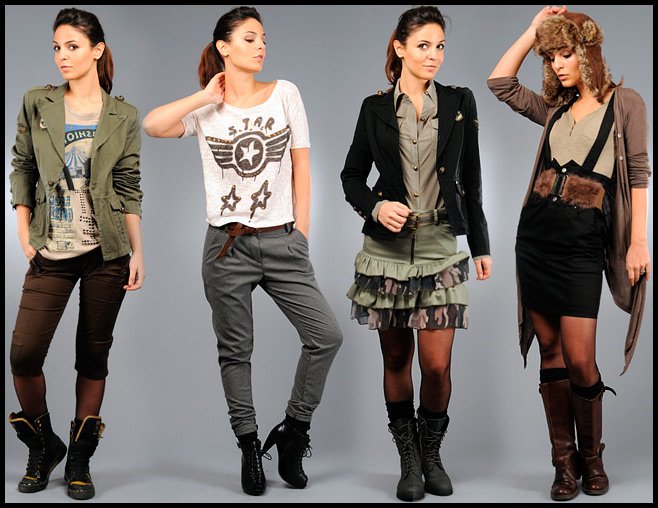
The "NATO" uniform, the wearing of "NATO" trousers and lace-up, with a high bootleg, on a thick grooved sole of boots, belongs to the youth military style.
Moreover, such, practically "military" clothing, is quite comfortable and durable, which can be its undoubted advantage. The advantage of a youth or casual military is that clothes in this style can be easily combined with clothes of other styles, for example, sportswear.
Formalistic military
The formalistic military emerged in the late 1980s. Its appearance was associated with the idea of designers to simply take and paint ordinary things (bags, boots, swimwear and even furniture) in camouflage colors. Formalistic military or, as it is also called, camouflage style is widely used in industrial design, as well as interior design. In clothing, he is most often combined with either youth military or High military.
Military style clothing, both men and women, is varied - these are suits, trousers, skirts, and even dresses. Among the outerwear for women, this is, of course, a trench coat or a trench coat.
A trench coat, literally a "trench coat", is a model of a raincoat with the obligatory attributes of the military style: double-breasted, with shoulder straps and a turn-down collar, cuffs, yoke, belt and back slit. Most often, such a raincoat is made of waterproof materials: woolen or cotton fabric with waterproof impregnation, sometimes leather.
During World War II, trench coats were worn by officers. After the war, such a raincoat became popular in business circles. There is also a female version of the trench coat.
If we talk about the youth military, then the most iconic thing for him is the M-65 jacket or the Natovka - this is an American military jacket of the 1965 model, which has four pockets and a stand-up collar. The "Bomber" jacket is also widespread - a short American jacket of the 1950 model, originally a jacket for bomber pilots, as well as ankle boots - high army boots.
In general, the military style is quite diverse, it uses both elements of the ordinary and simple uniform of ordinary soldiers, and more complex and strict officer motives. The military style can be either a style close to sports, or a very feminine, elegant style.
Veronica D.
Comments and Reviews
Add a comment
Similar materials
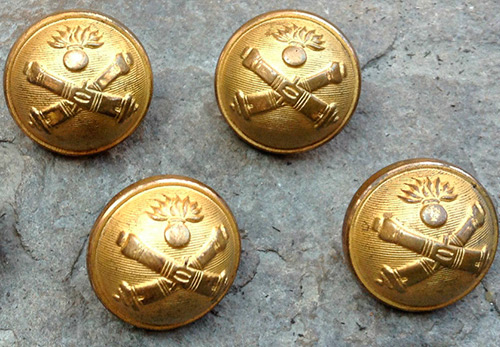 We buy military buttons for a military style look
We buy military buttons for a military style look
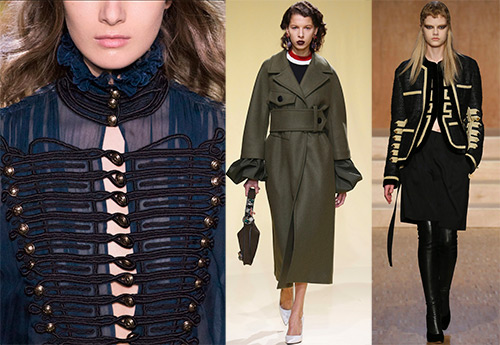 The beauty of women's clothing in military style 2024-2025
The beauty of women's clothing in military style 2024-2025
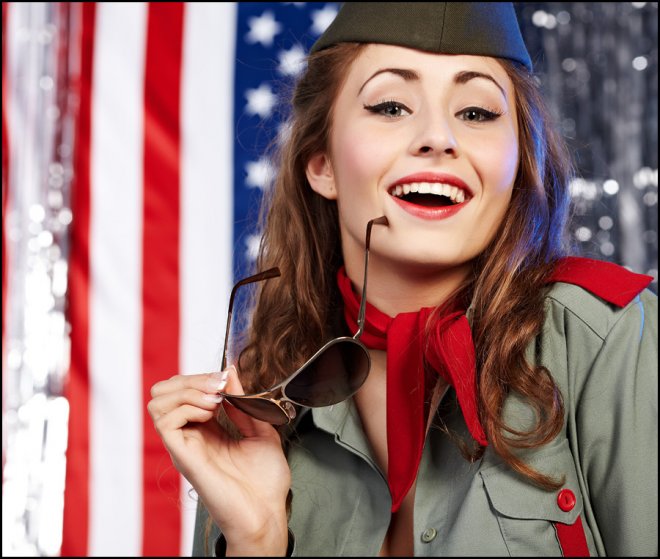 World events and fashion trends
World events and fashion trends
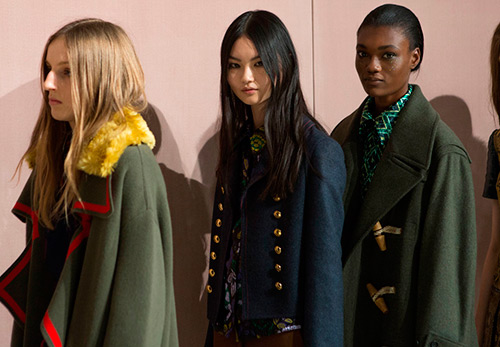 Women's military-style coat from the 2024-2025 collections
Women's military-style coat from the 2024-2025 collections
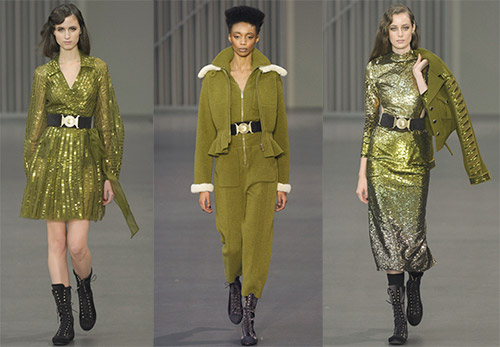 Exquisite and luxurious military style 2024-2025
Exquisite and luxurious military style 2024-2025
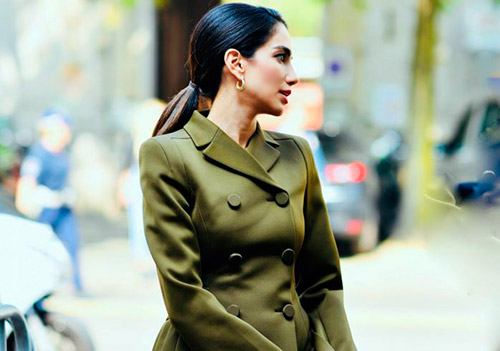 Fashionable looks in military style spring-summer 2024
Fashionable looks in military style spring-summer 2024
Rating news
Shades of clothing that make women look younger
What shades of hair make women younger: rules and photos
Funny wedding dresses - photos and ideas
12 most expensive down jackets for the winter
How to look 25 at 40: tips from supermodels
Beautiful schoolgirls
Anti-aging haircuts and hairstyles for women
Fashionable skirts for autumn and winter
Fashionable women's trousers for the cold season
Fashionable and stylish sandals for summer 2024
Spring-summer 2024
 Fashionable dresses and tops with thin spaghetti straps
Fashionable dresses and tops with thin spaghetti straps
 Bandana tops: how to wear stylishly and beautifully
Bandana tops: how to wear stylishly and beautifully
 How to put together the perfect men's wardrobe for the summer
How to put together the perfect men's wardrobe for the summer
 Fashionable shorts for spring-summer 2024
Fashionable shorts for spring-summer 2024
 Fashionable skirts for spring-summer 2024: a guide to online shopping
Fashionable skirts for spring-summer 2024: a guide to online shopping
 The most fashionable dresses spring-summer 2024: styles and colors
The most fashionable dresses spring-summer 2024: styles and colors
 Fashionable total look 2024: ideas of images and trends
Fashionable total look 2024: ideas of images and trends
